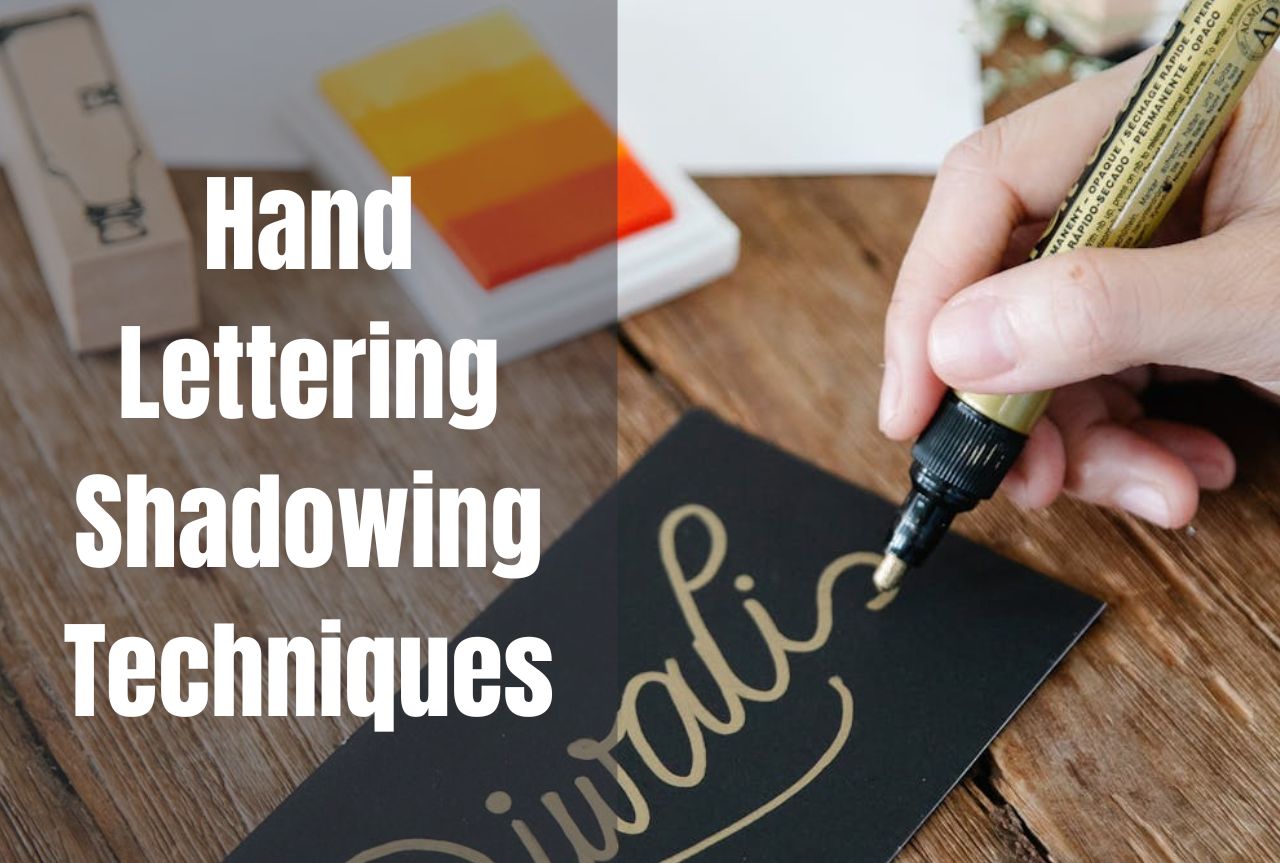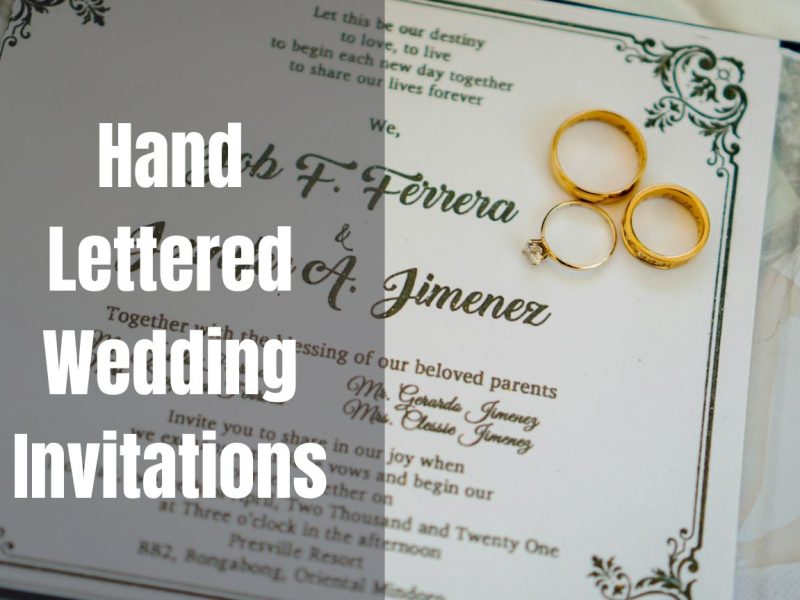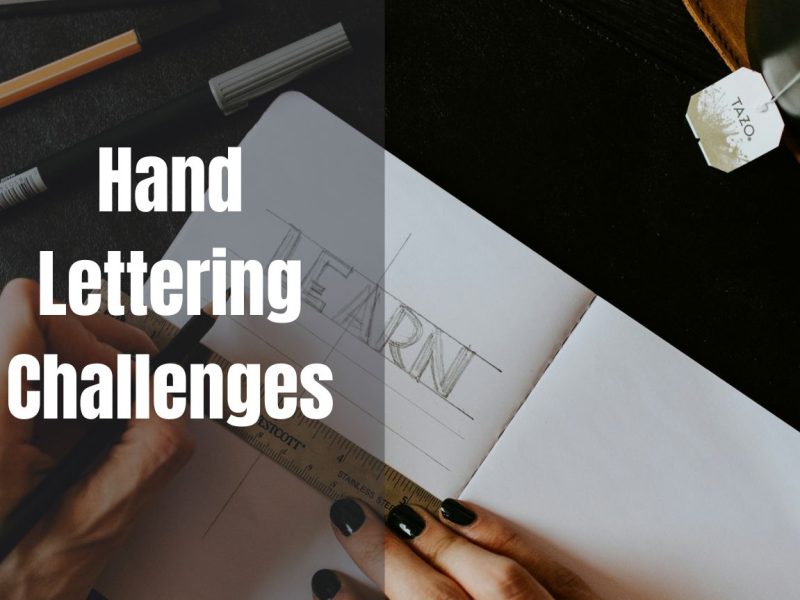Adding shadows to hand lettering is an effective way to create depth, dimension, and visual interest. Mastering shadowing techniques can elevate your lettering projects, making them stand out and captivating viewers’ attention. This comprehensive guide will explore various shadowing methods, from fundamental techniques to advanced approaches, ensuring you have the knowledge and skills to achieve stunning results.
What is Shadowing in Hand Lettering?
Shadowing in hand lettering involves adding depth and dimension to letterforms by creating the illusion of light and form. This technique creates the appearance of letterforms casting shadows, adding a three-dimensional effect that enhances readability and emphasizes specific elements. Shadowing is a powerful tool for adding visual interest and creating a sense of depth, making your lettering projects more engaging and visually appealing.
Essential Tools and Materials
Before delving into shadowing techniques, it’s essential to have the right tools and materials. Here’s what you’ll need:
- Pencils (ranging from HB to 6B)
- Pens or markers (various nib sizes and colors)
- Quality paper or surfaces suitable for lettering and shadowing (e.g., layout pads, tracing paper, or watercolor paper)
- Blending tools (e.g., stumps, tortillions, or paper stumps)
- Ruler or straightedge (for precise lines and angles)
Having the appropriate tools and materials will make it easier to achieve consistent and high-quality shadowing effects.
Fundamental Shadowing Techniques
Parallel Shadowing
Parallel shadowing is one of the most basic and widely used shadowing techniques. It involves adding a shadow that runs parallel to the letterform, creating a sense of depth and dimension.
- Draw or sketch your letterform.
- Determine the direction of the light source (real or imaginary).
- Draw a parallel line or lines next to the letterform, creating a shadow.
- Adjust the shadow’s thickness and intensity based on the desired effect.
Parallel shadowing is a versatile technique that works well with various lettering styles and can be used to create both subtle and bold shadowing effects.
Cast Shadowing
Cast shadowing is a technique that mimics the way objects cast shadows in real life. This technique is particularly effective for creating realistic and three-dimensional lettering.
- Draw or sketch your letterform.
- Determine the direction of the light source (real or imaginary).
- Imagine the letterform as a three-dimensional object and visualize how it would cast a shadow.
- Draw the shadow, paying attention to its direction, length, and perspective.
- Adjust the shadow’s intensity and softness as needed.
Cast shadowing can add depth and realism to your lettering projects, making them appear more lifelike and dimensional.
Curved Shadowing
Curved shadowing is a technique used for rounded letterforms, such as those found in script or calligraphic styles. This technique follows the contours of the letterform, creating a smooth and natural-looking shadow.
- Draw or sketch your rounded letterform.
- Determine the direction of the light source (real or imaginary).
- Draw a curved shadow line that follows the contour of the letterform.
- Adjust the shadow’s thickness and intensity as needed, ensuring it remains consistent with the letterform’s curves.
Curved shadowing can add elegance and flow to your lettering projects, enhancing the overall aesthetic appeal.
Gradient Shadowing
Gradient shadowing is a technique that creates a soft, blended shadow effect. This method is particularly useful for achieving a more subtle and understated look.
- Draw or sketch your letterform.
- Determine the direction of the light source (real or imaginary).
- Start with a darker shadow close to the letterform and gradually blend it outwards, creating a gradient effect.
- Use blending tools or techniques (e.g., stumps, tortillions, or paper stumps) to achieve a smooth transition between the dark and light areas.
Gradient shadowing can add depth and dimension without being too overpowering, making it a great choice for lettering projects that require a more subtle approach.
Advanced Shadowing Techniques
3D Shadowing
3D shadowing is an advanced technique that creates the illusion of depth and three-dimensionality. This method involves combining various shadowing techniques to achieve a realistic and visually striking effect.
- Draw or sketch your letterform.
- Determine the direction of the light source (real or imaginary).
- Apply cast shadowing to create the main shadow.
- Add highlights and shading to the letterform, using lighter and darker tones to create the illusion of form and volume.
- Blend and refine the shadows, highlights, and shading to achieve a cohesive and realistic 3D effect.
3D shadowing can be challenging, but mastering this technique will allow you to create truly impressive and lifelike lettering projects.
Colored Shadowing
Colored shadowing is a technique that adds an extra layer of depth and visual interest by using colored shadows instead of the traditional black or gray tones.
- Draw or sketch your letterform.
- Choose a color for your shadow (e.g., complementary or analogous colors on the color wheel).
- Apply your chosen shadowing technique (e.g., parallel, cast, or curved) using the selected color.
- Adjust the shadow’s opacity and intensity as needed.
Colored shadowing can add a unique and eye-catching touch to your lettering projects, making them stand out and creating a memorable visual impact.
Combining Techniques
While each shadowing technique has its own strengths and applications, combining different techniques can lead to even more dynamic and visually striking results.
- Experiment with layering various shadowing techniques (e.g., parallel shadowing combined with gradient shadowing).
- Combine 3D shadowing with colored shadowing for a vibrant and dimensional effect.
- Use curved shadowing for the main letterform and cast shadowing for additional elements or accents.
Combining techniques allows you to create custom shadowing effects tailored to your specific lettering project, enabling you to achieve truly unique and captivating results.
Tips and Tricks for Better Shadowing
Mastering shadowing techniques takes practice and attention to detail. Here are some tips and tricks to help you improve your shadowing skills:
- Practice regularly to develop muscle memory and consistency.
- Use reference images or set up a light source to observe and replicate real-life shadows.
- Pay attention to stroke consistency and pressure when applying shadows.
- Experiment with blending techniques (e.g., stumps, tortillions, or paper stumps) to achieve smooth transitions and gradients.
- Consider the overall composition and balance when adding shadows to your lettering projects.
- Don’t be afraid to make adjustments and refine your shadows until you achieve the desired effect.
By incorporating these tips and tricks into your practice, you’ll be able to create more realistic and visually appealing shadowing effects in your hand lettering projects.
The Bottom Line
Shadowing is a powerful technique that can elevate your hand lettering projects to new heights. Whether you’re aiming for subtle depth or bold, three-dimensional effects, mastering these shadowing techniques will allow you to create visually stunning and engaging lettering pieces. Experiment, practice, and embrace your creativity to develop a unique shadowing style that sets your work apart.



